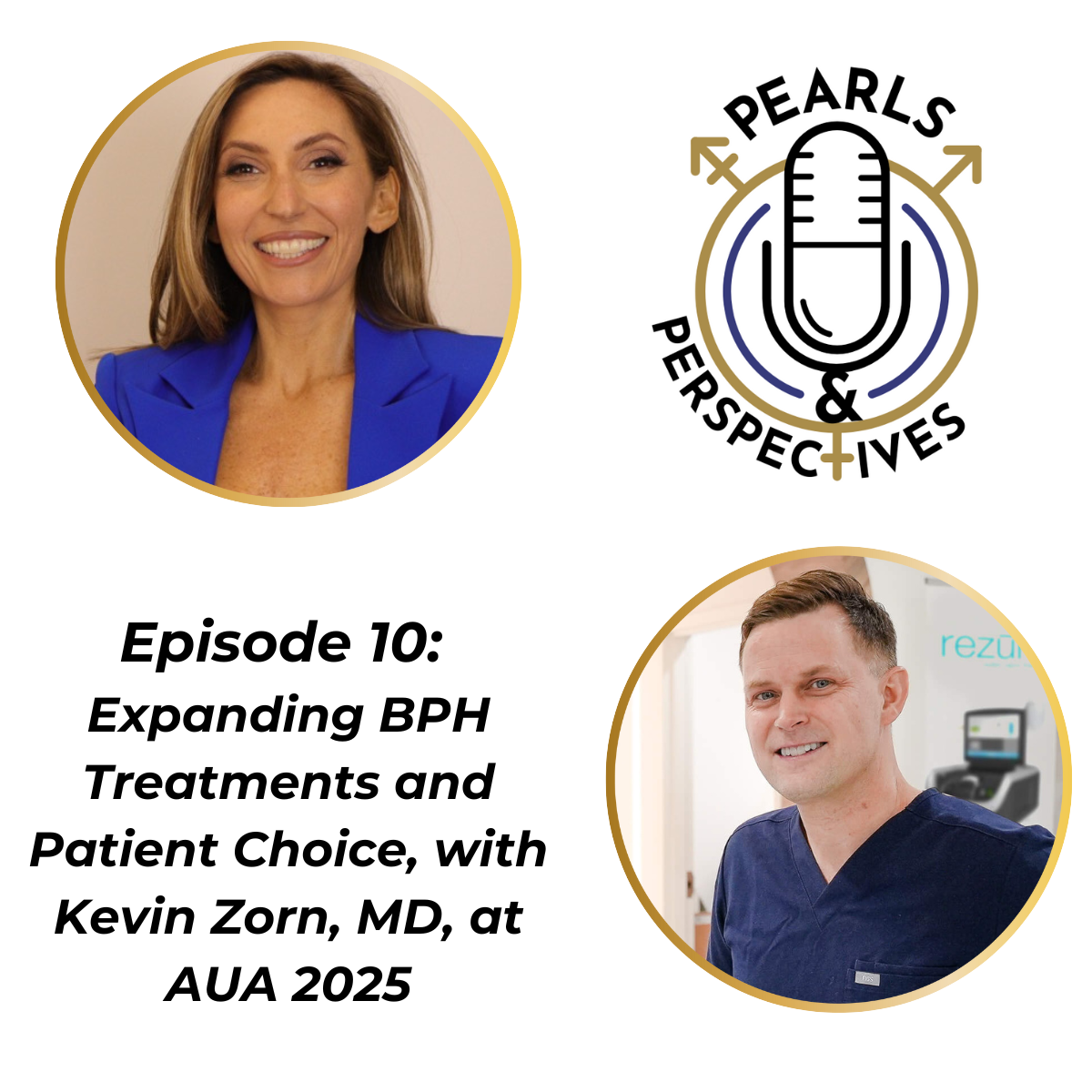Opinion
Video
Pooja Ghatalia, MD, on interim findings from RETAIN-2 trial in MIBC
Author(s):
"We see that among the patients who went on to receiving cystectomy, 84% are metastases free," says Pooja Ghatalia, MD.
In this video, Pooja Ghatalia, MD, shares key findings from the study, “A phase 2 trial of risk enabled therapy after neoadjuvant chemo-immunotherapy for muscle-invasive bladder cancer (RETAIN-2),” which was presented at the 2025 American Society of Clinical Oncology Genitourinary Cancers Symposium in San Francisco, California. Ghatalia is an associate professor of hematology/oncology at Fox Chase Cancer Center/Temple Health in Philadelphia, Pennsylvania.
In this video, Pooja Ghatalia, MD, shares key findings from the study, “A phase 2 trial of risk enabled therapy after neoadjuvant chemo-immunotherapy for muscle-invasive bladder cancer (RETAIN-2),” which was presented at the 2025 American Society of Clinical Oncology Genitourinary Cancers Symposium in San Francisco, California. Ghatalia is an associate professor of hematology/oncology at Fox Chase Cancer Center/Temple Health in Philadelphia, Pennsylvania.
Video Transcript:
Could you describe the background for this trial? What were the key findings from RETAIN-1?
RETAIN-1, as you may know, was a phase 1 single-arm trial, which included patients with muscle invasive bladder cancer. Patients received neoadjuvant dose dense AMVAC alone, which is different from RETAIN-2, where patients received neoadjuvant dose dense AMVAC plus 3 cycles of nivolumab. As part of both RETAIN-1 and RETAIN-2, while patients were undergoing this neoadjuvant treatment, their tumor tissue was sent for molecular testing, to test for biomarkers that have been shown to have response to chemotherapy. After completing their neoadjuvant treatment, they receive an assessment of their bladder, which involves a mapping and cystoscopic biopsies as well as urine cytology and CT scan. Based on that assessment, patients are determined to either have a clinical complete response in their bladder or not. Patients who have one of the mutations that we looked for in the molecular signature, as well as who have a complete clinical response, go on to receive active surveillance, which involves monitoring the bladder periodically with cystoscopies and biopsies as needed, and systemic imaging with CT scan. If a patient either does not have a mutation or has residual disease in their bladder, then they go on to receiving intervention, which would involve either cystectomy, chemoradiation, or intravesical therapy to their bladder, depending on the amount of disease that they had, and based on patient-physician preference. The results of RETAIN-1 were published recently. RETAIN-1 was a trial in which there were quite a few patients who went on to active surveillance that did develop recurrence. Today, I'm going to be presenting the interim results of RETAIN-2.
What are the interim results from RETAIN-2?
RETAIN-2 is a study with neoadjuvant dose dense AMVAC plus nivolumab that also uses the same adaptive strategy. Some of the main things for RETAIN-2 is that we have not yet reached the primary end point of 2-year metastases-free survival, but based on the data we see right now, we see that among the patients who went on to receiving cystectomy, 84% are metastases free. In patients who went on to active surveillance, 82% are metastases free, which is encouraging, but obviously longer follow-up is needed to have more mature numbers.
One of the key things that I wanted to highlight for RETAIN-2 is the path CR rate. Among the patients who underwent cystectomy, the ypT0 rate for those patients, or pathologic complete response rate, was 40%. To note, the 40% is in patients who are technically bad players, because these are patients who did not undergo active surveillance. Therefore the 40% path CR rate that we are seeing in the cystectomy patients is higher than what we have typically seen with chemotherapy alone or even with other chemoimmunotherapy combinations.
The other important number is the ypT0 plus clinical CR rate. If you look at all patients, which includes patients who had cystectomy and had ypT0 and patients who underwent active surveillance or chemoradiation or some other treatment and did not have any recurrence in the bladder or systemically, if you combine the rate, that's the ypT0 plus clinical CR rate. [That] was 54% in RETAIN-2, which potentially could correspond to the ypT0 rate if all patients had cystectomy, and it's higher than what we have seen with other chemotherapy/immunotherapy combinations. So overall, in our study, among the patients who went on to active surveillance, 60% patients had an intact bladder, an unradiated bladder, and were metastases free.
This transcript was AI generated and edited by human editors for clarity.

















